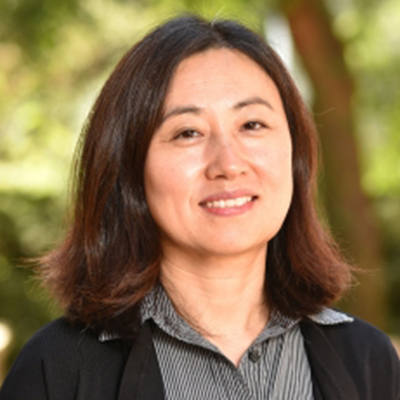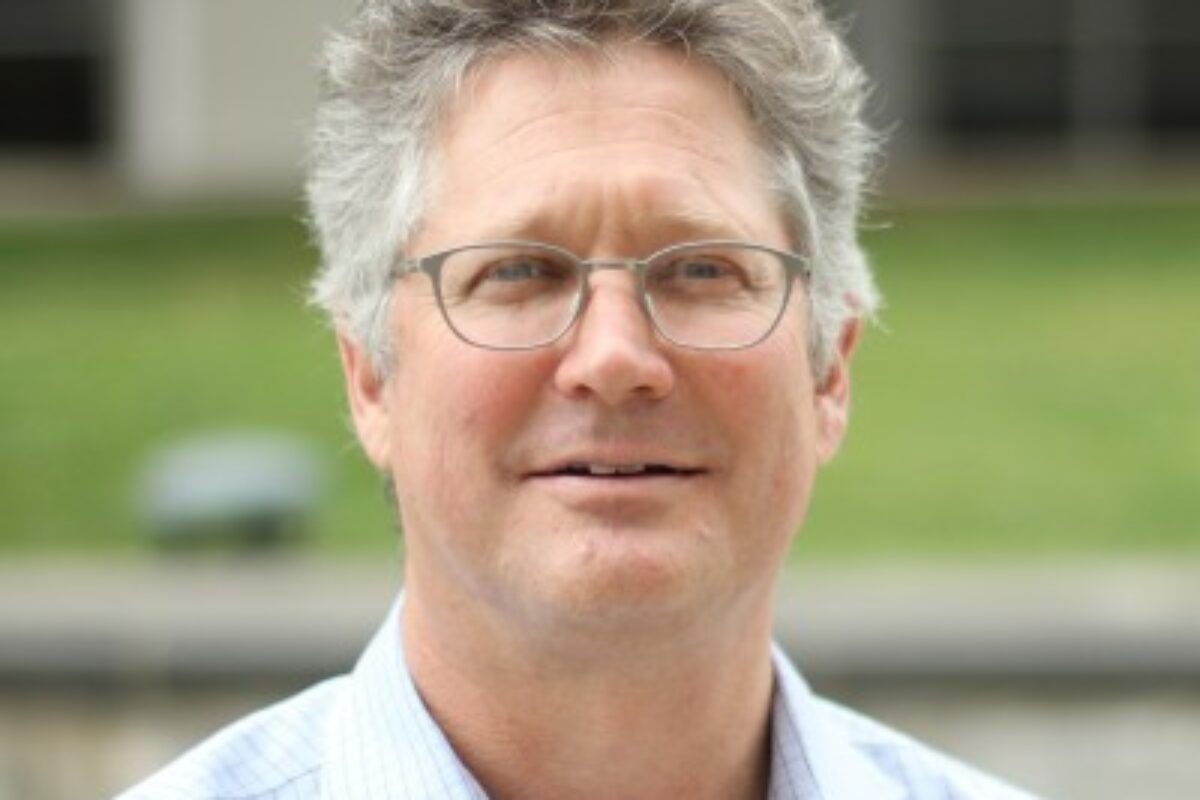Biography
Dr. Xia Yang received her Ph.D. in Molecular Genetics and Bioinformatics from Georgia State University and had postdoctoral training in Systems Genetics at UCLA. She was Senior Research Scientist at Rosetta Inpharmatics/Merck & Co. and Director of Systems Biology at Sage Bionetworks prior to returning to UCLA as a faculty member.
Research Interests
Our research focuses on developing and applying multitissue multiomics systems biology approaches to dissect the molecular networks underlying diverse complex diseases, ranging from cardiometabolic diseases to neurodegenerative and neurological disorders, and utilize the systems level networks to guide precision medicine. Through integration of genetic, transcriptional, epigenomic, proteomic, gut microbiota, and phenotypic data from human and rodent populations, we investigate how complex interactions between genetic and environmental risk factors perturb tissue- and cell-specific gene networks which in turn induce variations in disease susceptibility. Subsequently, we use the causal molecular networks of diseases as the basis for therapeutic target identification and biomarker discovery.
Education
B.S., Pharmacy, Shandong University 1993
Ph.D., Molecular Genetics/Bioinformatics, Georgia State University 2003
Selected Publications
Yang X. “Multi-tissue Multi-omics Systems Biology to Dissect Complex Diseases”. Trends in Molecular Medicine, 2020.
Liu W, Venugopal S, Majid S, Ahn IS, Diamante G, Hong J, Yang X*, Chandler SH*. “Single-cell RNA-seq Analysis of the Brainstem of Mutant SOD1 mice Reveals Perturbed Cell Types and Pathways of Amyotrophic Lateral Sclerosis”. Neurobiology of Disease, 141: 104877, 2020.
Rajbhandari P+, Arneson D+, Feng AC, Ahn IS, Diamante G, Zaghari N, Thomas BJ, Vergnes L, Lee SD, Reue K, Smale ST, Yang X, Tontonoz P. “Single Cell Analysis Reveals Immune Cell-Adipocyte Crosstalk Regulating the Transcription of Thermogenic Adipocytes”. eLife 8:e49501, 2019.
Zhang G, Byun HR, Ying Z, Blencowe M, Zhao Y, Hong J, Shu L, Gomez-Pinilla F, Yang X. “Differential Metabolic and Multi-tissue Transcriptomic Responses to Fructose Consumption among Genetically Diverse Mice”. BBA – Molecular Basis of Disease. 1866: 165569, 2020.
Shu L, Meng Q, Tsai B, Diamante G, Chen Y, Mikhail A, Luk H, Ritz B, Allard P, Yang X, “Prenatal Bisphenol A Exposure in Mice Induces Multi-tissue Multi-omics Disruptions Linking to Cardiometabolic Disorders”, Endocrinology, 160 : 409-429, 2019.
Arneson D, Zhuang Y, Byun HR, Ahn IS, Ying Z, Zhang G, Gomez-Pinilla F, Yang X, “Single Cell Molecular Alterations Reveal Pathogenesis and Targets of Concussive Brain Injury”, Nature Communications, 9 : 3894, 2018.
Emilsson V, llkov M, Lamb JR, Finkel N, Gudmundsson EF, Pitts R, Hoover H, Jennings LL, Horman SR, Aspelund T, Shu L, Trifonov V, Gudmundsdottir V, Sigurdsson S, Manolescu A, Zhu J, Lesley SA, To J, Zhang J, Harris TB, Launer LJ, Zhang B, Eiriksdottir G, Yang X, Smith AV, Orth AP, Gudnason V, “Coregulatory Networks of Human Serum Proteins Link Genetics to Disease”, Science, 361 : 769-773, 2018.
Kurt Z, Barrere-Cain R, LaGuardia J, Mehrabian JM, Pan C, Hui ST, Norheim F, Zhou Z, Hasin Y, Lusis AJ, Yang X, “Tissue-specific Pathways and Networks Underlying Sexual Dimorphism in Non-Alcoholic Fatty Liver Disease”, Biology of Sex Differences, 9 : 46- (2018) .
Krishnan KC, Kurt Z, Barrere-Cain R, Sabir S, Das A, Floyd R, Vergnes L, Zhao Y, Che N, Charugundla S, Qi H, Zhou Z, Meng Y, Pan C, Seldin MM, Norheim F, Hui S, Reue K, Lusis, AJ, Yang X., “Integration of Multi-omics Data from Mouse Diversity Panel Highlights Mitochondrial Dysfunction in Non-Alcoholic Fatty Liver Disease”, Cell Systems, 6 : 1-13, 2018.
Shu L, Chen KHK, Zhang G, Huan T, Kurt Z, Zhao Y, Codoni V, Tregouet DA, Yang J, Wilson JG, Luo X, Levy D, Lusis AJ, Liu S, Yang X, “Shared Genetic Regulatory Networks for Cardiovascular Disease and Type 2 Diabetes in Multi-ethnic Populations”, PLOS Genetics, 13 (9): e1007040, 2017.
Biography
Dr Bisley received his Ph.D. from the University of Melbourne in Australia where he studied the peripheral somatosensory system. He did his first post-doc at the University of Rochester working with Dr Tatiana Pasternak, where he studied the neural mechanisms underlying memory for motion. In 1999, he went to Washington, DC where he worked with Dr Michael E. Goldberg at Georgetown University and the National Eye Institute, studying the neural mechanisms underlying visuo-spatial attention. Dr Bisley moved to Columbia University with Dr Goldberg in 2002 and joined UCLA in 2006.





